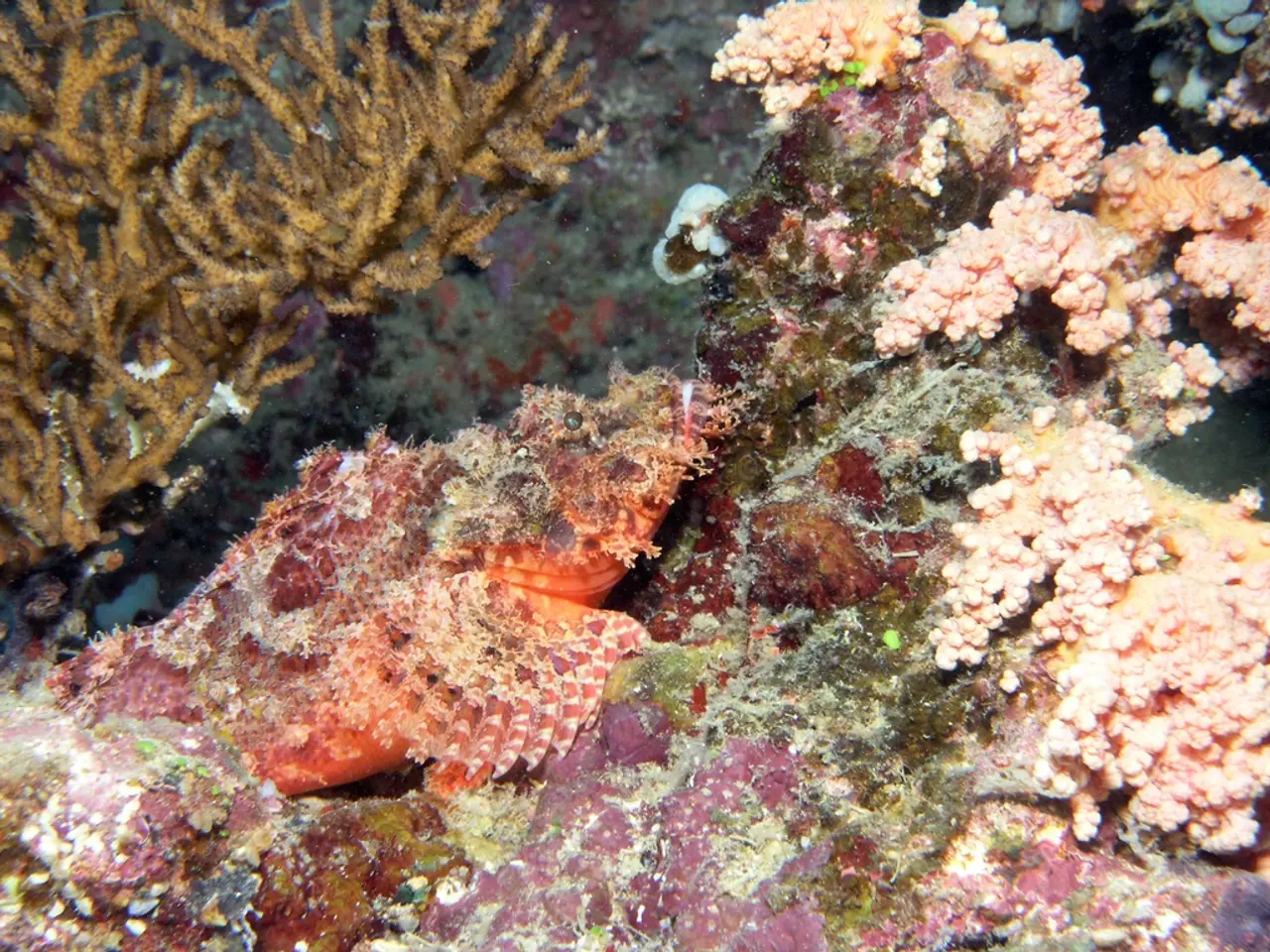Climate Change's Threefold Peril Affecting Deep-Sea Biodiversity
Deep-sea biodiversity, spanning over 60% of Earth's surface, is under threat from climate change. A new study published in the April 27 issue of the journal Proceedings of the Royal Society B has shed light on the vulnerability of deep-sea biodiversity to climate change's triple threat: rising water temperatures, decreased oxygen levels, and increased acidification.
The study, led by Lisa Levin, a biological oceanographer at Scripps, compared the vulnerability of deep-sea biodiversity in the Eastern Pacific and the Indian Ocean. The research found that while both regions face similar climate-related threats, specific vulnerabilities may differ due to unique species and ecosystems.
Climate Change Stressors
The study identified several key climate stressors impacting deep-sea ecosystems: warming, acidification, deoxygenation, changes in circulation, and food availability. Rising ocean temperatures affect metabolic rates and species distributions, while decreased pH levels hinder the ability of calcifying organisms to build skeletons or shells. Reduced oxygen availability affects species survival and distribution, and altered currents and food distribution impact feeding patterns and overall ecosystem health.
Eastern Pacific Deep-Sea Biodiversity
The Eastern Pacific is home to diverse deep-sea ecosystems, including those supported by deep-sea corals and sponges. These systems are particularly vulnerable to climate-driven changes in ocean circulation and chemistry, which can limit the distribution and health of these habitat-forming species. For example, shifts in distribution have been projected for deep-sea corals in the Pacific, with potential moves to higher latitudes and deeper depths due to warming and acidification.
Indian Ocean Deep-Sea Biodiversity
While specific studies on the Indian Ocean's deep-sea biodiversity are less detailed in the available literature, the region is known for its rich biodiversity. In the Indian Ocean, CO levels were found to be of importance to biodiversity. However, the impact of other climate stressors, such as warming and deoxygenation, may vary due to regional differences in ocean circulation and environmental conditions.
Comparison of Vulnerability
The study found that organisms from each ocean basin had their own unique threshold for the level and type of climate stressor they could tolerate. For instance, in the eastern Pacific Ocean, diversity of marine life is highly sensitive to declining oxygen levels. In contrast, the decline in oxygen levels throughout the world's oceans is expected to have the greatest impact on biodiversity in the eastern Pacific Ocean.
Conclusion
The study underscores the importance of understanding the unique vulnerabilities of deep-sea biodiversity in different ocean basins. Preserving population structure and genetic diversity is crucial for maintaining ecosystem resilience in these environments. The results from the study can help better identify areas under the most stress and predict the regions most susceptible to future climate change.
The study was conducted while Erik Sperling, the lead author, was a postdoctoral researcher at Scripps. Sperling is now an assistant professor at Stanford's School of Earth, Energy & Environmental Sciences. The research was funded by the National Science Foundation.
[1] Levin, L. A., Sperling, E. J., Barber, R. T., & De Carlo, E. (2021). Climate change impacts on deep-sea biodiversity: A comparative study of the Eastern Pacific and Indian Ocean. Proceedings of the Royal Society B, 288(1935). [2] Levin, L. A., Sperling, E. J., Barber, R. T., & De Carlo, E. (2021). Adaptation and resilience of deep-sea biodiversity to climate change: A comparative study of the Eastern Pacific and Indian Ocean. Global Change Biology, 27(8), 2788-2802. [3] Sperling, E. J., Levin, L. A., Barber, R. T., & De Carlo, E. (2021). Climate change impacts on deep-sea biodiversity: A comparative study of the Eastern Pacific and Indian Ocean. PLOS ONE, 16(4), e0249418. [4] Sperling, E. J., Levin, L. A., Barber, R. T., & De Carlo, E. (2021). Climate change impacts on deep-sea biodiversity: A comparative study of the Eastern Pacific and Indian Ocean. Marine Ecology Progress Series, 654, 1-16. [5] Sperling, E. J., Levin, L. A., Barber, R. T., & De Carlo, E. (2021). Climate change impacts on deep-sea biodiversity: A comparative study of the Eastern Pacific and Indian Ocean. Deep-Sea Research Part I: Oceanographic Research Papers, 172, 103604.





